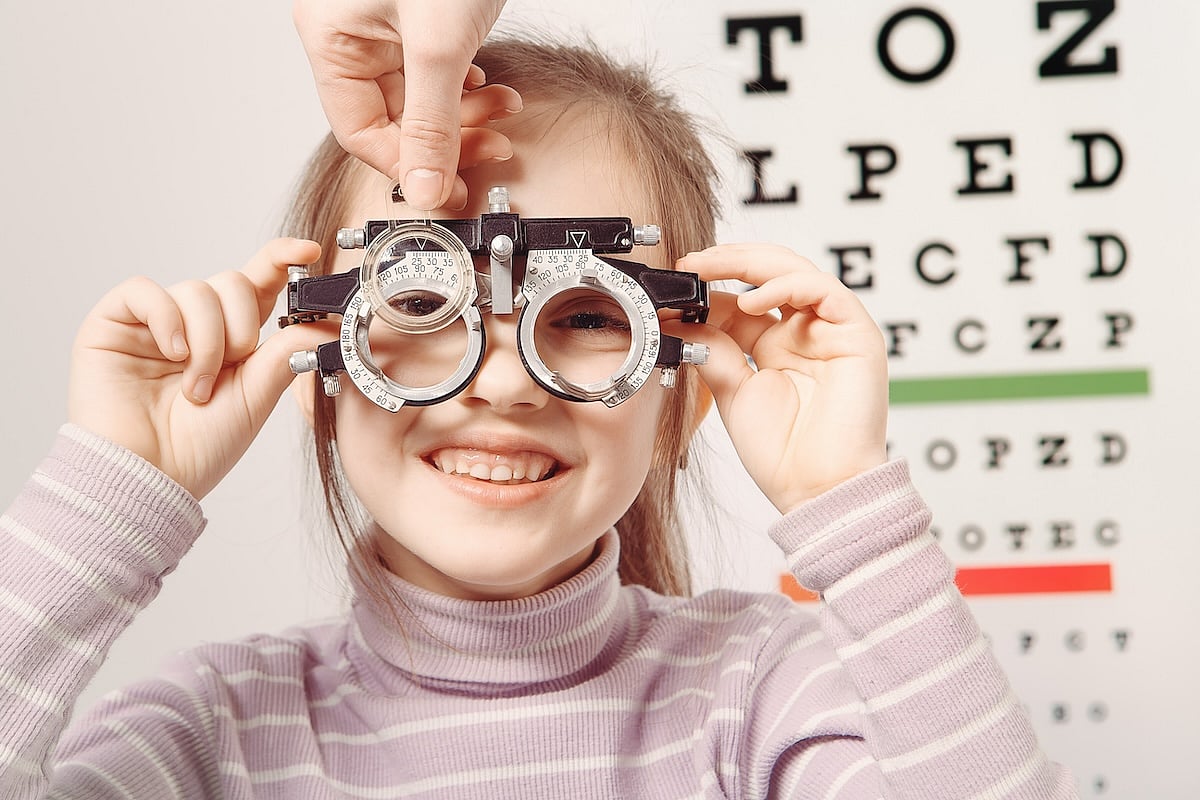Wearing spectacles with highly aspherical lenslets versus single-vision spectacle lenses reduces myopia progression and axial elongation over five years
By Elana Gotkine HealthDay Reporter
THURSDAY, April 10, 2025 (HealthDay News) — For children with myopia, wearing spectacles with highly aspherical lenslets (HAL) reduces the rate of myopia progression and axial elongation, according to a study published online March 5 in Eye and Vision.
Xue Li, from Wenzhou Medical University in China, and colleagues examined myopia control efficacy in children wearing spectacle lenses with HAL for five years in a randomized extended trial. Children with myopia aged 8 to 13 years who were originally allocated to the HAL group in a two-year clinical trial underwent a five-year assessment for myopia progression. They were compared to an extrapolated single-vision spectacle lenses (ESVL) group, which served as a control group. For the ESVL group, five-year myopia progression and axial elongation were calculated based on two-year data from the single-vision spectacle lenses group in the same clinical trial; data were estimated for the following three years by assuming annual reductions of 9.7 and 15 percent in spherical equivalent refraction and axial length, respectively. Overall, 43 participants (74 percent) from the original HAL group completed the five-year visit. The researchers found that in the HAL group, five-year myopia progression was −1.27 ± 0.14 diopters (D). Myopia progression was −1.75 ± 0.24 D less for the HAL group compared with the ESVL group. Over five years, the mean axial length elongation was 0.67 ± 0.06 and 1.40 mm for the HAL and ESVL groups, respectively. For the HAL group, axial length elongation was 0.72 ± 0.10 mm slower.
“Wearing HAL spectacles effectively reduced the rate of myopia progression and eye growth over five years,” the authors write.
Two authors disclosed ties to the pharmaceutical and ophthalmic industries.
Copyright © 2025 HealthDay. All rights reserved.








